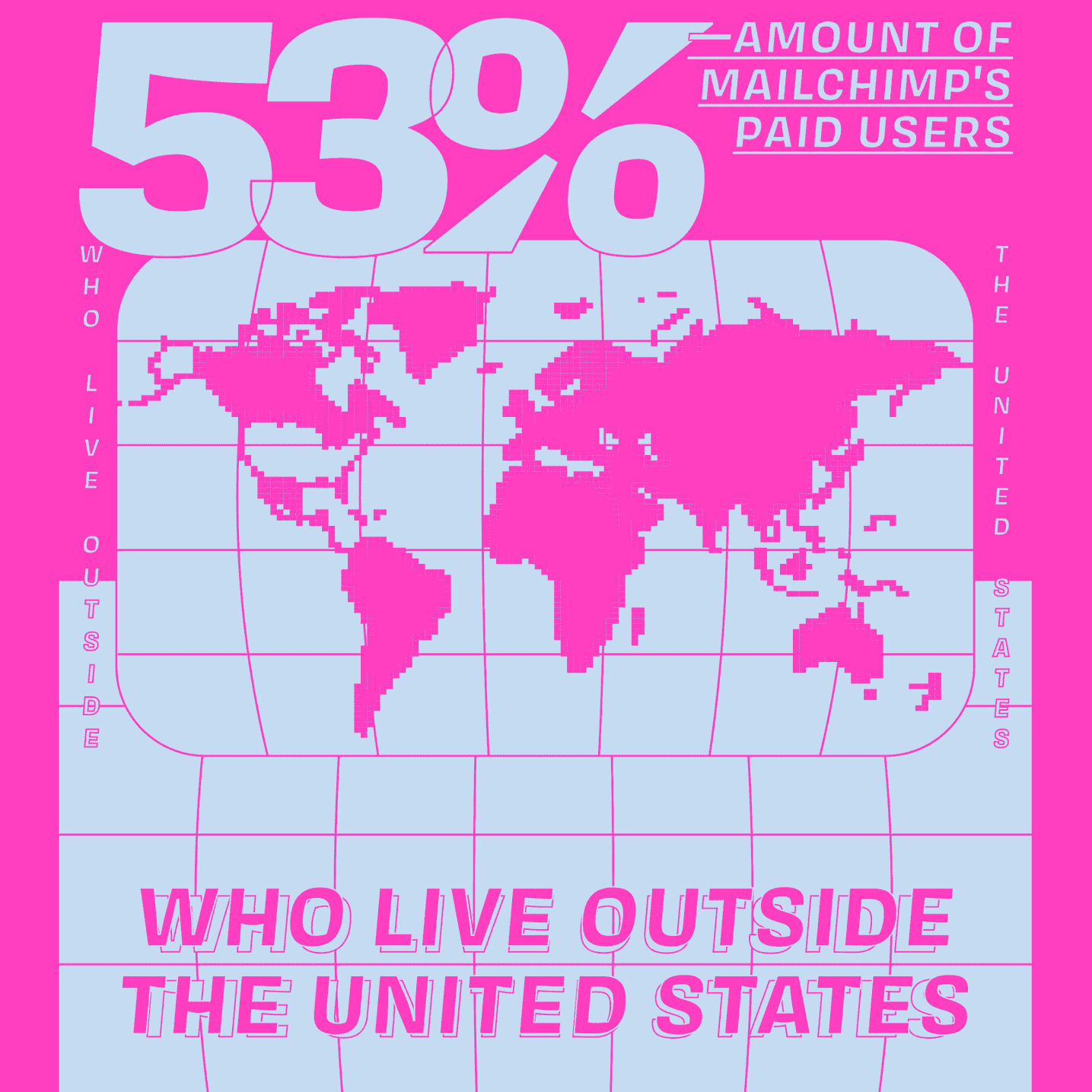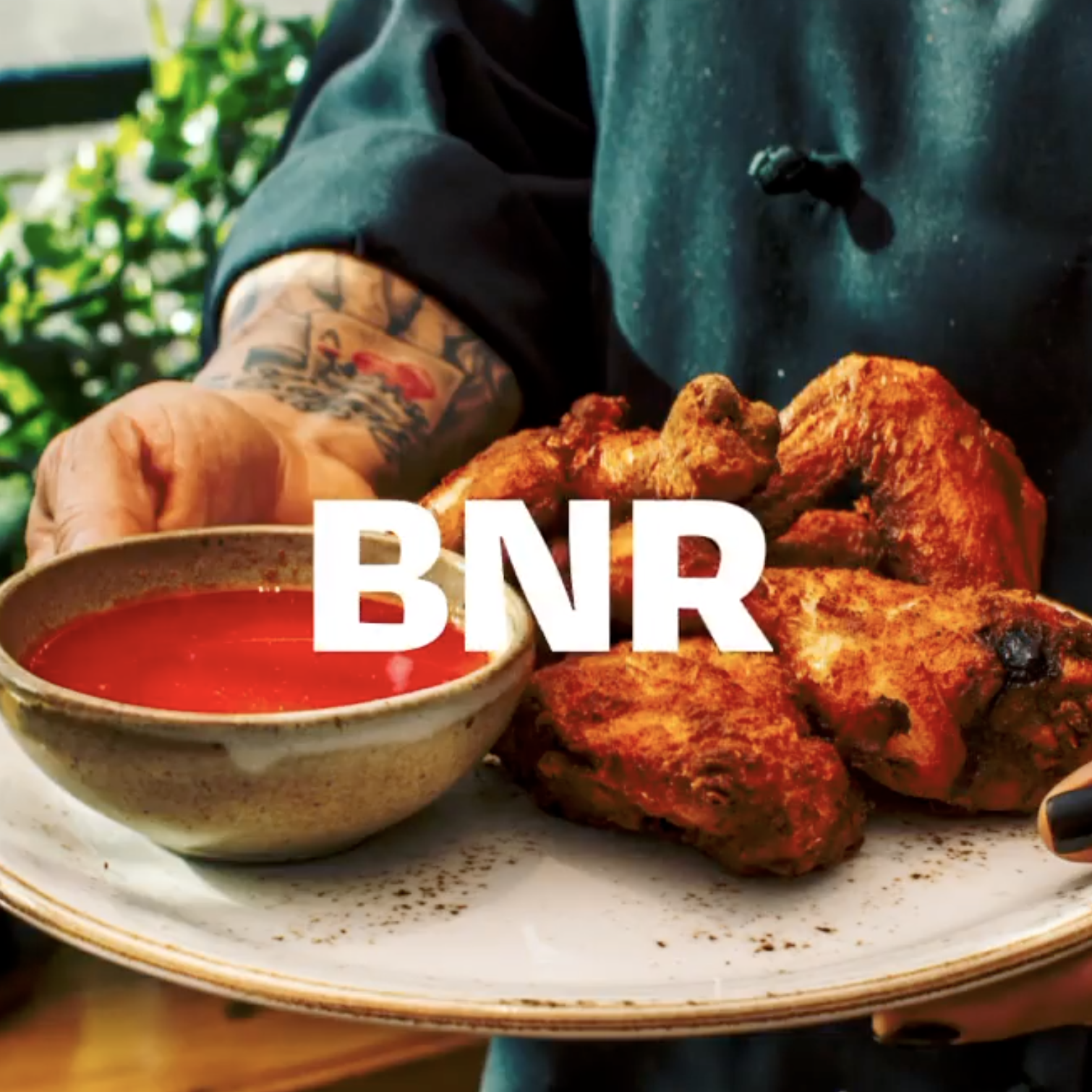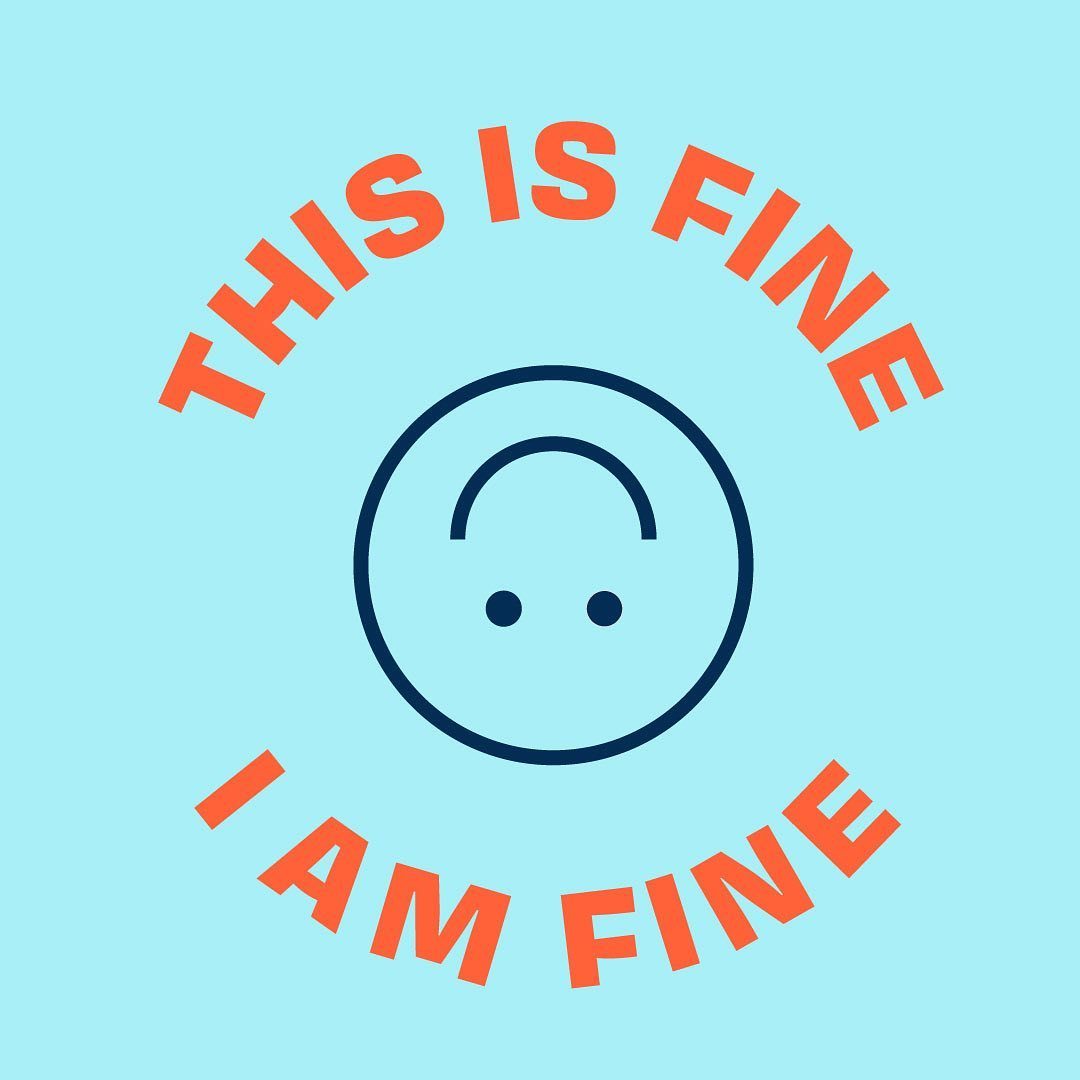THE PROCESS OF
Covik Sans
Covik Sans started as Covik, my graduation project in TypeMedia, a one year bootcamp for type design in The Netherlands. I was hellbent on stretching my comfort zone. I wanted to create a serif for text that would be sober compared to my explorations in expressive display type and lettering. My instructor Paul van der Laan suggested I begin there. In classic student fashion, I floundered, pivoted, and restarted in an effort to create something interesting and original.
I was very influenced by previous graduates of the program like Ondrej Jób and Maria Doreuli who managed to create unique and beautiful forms that were dazzling to read. Reading their work was like instantly connecting with a stranger. I immediately realized the common ground, and tried to figure out what was so appealing about their ideas. One day, an instructor brought in a specimen with a unique display face on the cover.
I realized a similar treatment to the negative space could be applied to anything, whether it was display or text, and without too much effort, the paragraphs began sparkling.
At the final critique, our beloved stone-carving teacher Françoise Berserik complimented my project. In a typically Dutch tone, she said, “This is nice, but maybe one day you’ll draw a real text face.” I lowered my head, closed my eyes, and mumbed “God damnit,” under my breath.
One day I was getting a critique from the illustrious bad boy of type design, Jim Parkinson. The work in question was a high contrast, condensed, low-waisted serif, with a double inline and some dimensional effects. I remember his advice clearly. “This might be a case of too many good ideas.” Like all great advice, it hurt good.
A little while after graduation, I started teaching, and hypocritically spoke those same words in many critiques. Students can sometimes be trampled under the weight of their own lofty ambitions. The phrase “kill your darlings” gets thrown around a lot, and rings true, but committing to just one darling can amplify success as well.
In 6th grade, Ricky Odbert was the best skateboarder I knew. He had sick style, amazing technical skill, but also went big. I vividly remember massive backside grabs off home made skateramps alongside his parents’ garage. He was fearless in the way little kid skateboarders can be—risk and gravity don’t register on their list of concerns.
Years later Ricky focussed his boundless passion and energy into fine dining. After working in some of the best restaurants in Napa and San Francisco, he packed his bags, and opened an experimental test kitchen in the same garage he grew up skating next to. Still fearless, he indulges six eaters at a time in a dozen courses and as many opportunities to think they’ll never have anything better than what they just ate.
Ricky came to me for a logo and type system that was flexible enough for weekly changing menus. At the time, his self-designed menu had an interesting treatment: the type size would change depending on the size of the course. It was with that idea in mind that I created his custom typeface. I returned to my graduation project, removed the serifs, and expanded it into a family of five widths.
A little while later, I was working on a new site to distribute my typefaces, and serve as a portfolio. I knew I had nothing that would serve as a real text face, and had outgrown using slightly tracked out Hobeaux in paragraphs. That’s when I remembered Ricky’s custom sans, and further chiseled away at its brushy terminals, forming it into something sturdy enough for small sizes and screen rendering. I made efforts to get every terminal flat, except for accents and punctuation, so they could stand out, and sparkle more in the paragraphs. I was amazed how sympathetic it was to such a wide variety of companions. It felt equally at home next to Viktor Script as it did Vulf Mono.
Most of type design asks the question of how to fit space around a given letterform. Monospaced fonts ask the opposite: how do you fit a letterform within the allotted space? The answer is a word I have gotten familiar with only after starting a family: compromise.
The story begins with Future Fonts, the platform for distributing type in progress that Travis Kochel and Lizy Gershenzon launched in February of 2017.
I was brought on to do a bit of brand work, and to connect my type designer buddies that might be interested in the sort of community we were trying to build.
First, I set out to create the logotype. This is usually my favorite part of any job. I redrew the seventies classic Motter Ombra, but optimized for a range of sizes.
When it came time to think about the accompanying type palette, I thought it made sense to use a monospace. The chaotic rhythm of a mono felt appropriate for the sort of motley crew of rogue type designers we were enlisting.
At the same time, it would be used for the entire UI, so such a drastic move felt heavy handed. After some exploration, we mitigated the differences between the mono and proportionally spaced words with a quantized design of three widths. When we combined this idea with Covik Sans, a happy medium of interesting-but-not-too-interesting was reached.
Quantized designs or systems of limited character widths are nothing new. But it’s relatively new to have the ability to quickly switch between sets of characters to subtlety or fundamentally change the look of text, without switching fonts all together.
With that in mind, Future Fonts user and my good buddy Frank Grießhammer suggested adding OpenType functionality for turning the faux mono into a true mono. It was some amount of work, but worth it in the end.
The resulting family has worked for Future Fonts, and a web index of type foundries. While I love to see these uses, I can imagine Covik Sans Mono working for areas other than type related websites. (Quick sidenote, this paragraph has the monospace alternates turned on).
I always think it’s lame when type designers tell people where to use a typeface, but this is the gist: Covik Sans Mono is not weird. It’s pretty legible with pretty conventional proportions. Don’t be afraid to use it where a standard grotesque was, or where one would expect to see a geometric sans. Indulge in the adaptable delight of unfamiliarity.
















